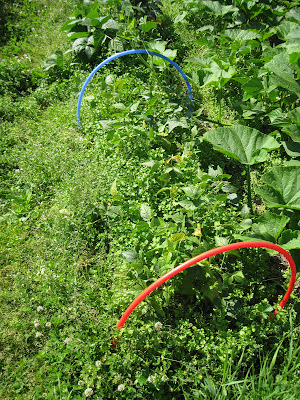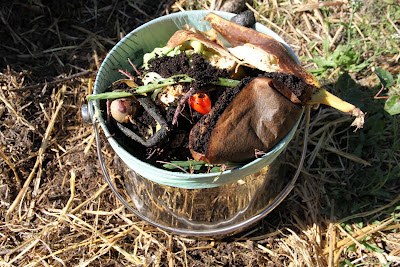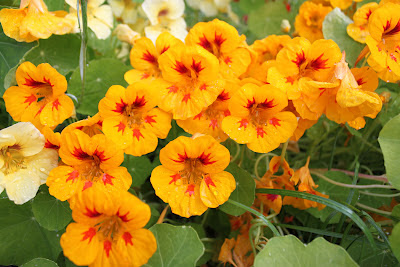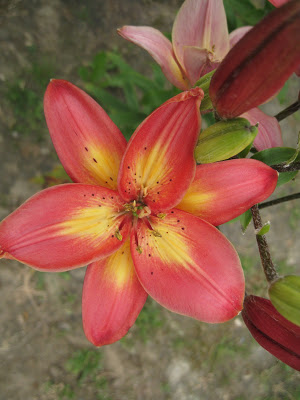
by Laura Emerson, an Alaskan Master Gardener Chickweed overtakes this garden. Photo by Heidi Rader. Weeds get a bad rap. But for the observant gardener, weeds can be a wonderful resource. Many offer clues to the condition of the soil before you buy that expensive plant that will not do well where you want it. Many deliver minerals to the vicinity of their growth or to your compost pile or to your pets and livestock or to you, if you choose to eat them. Many have or are reported to have Read More …







